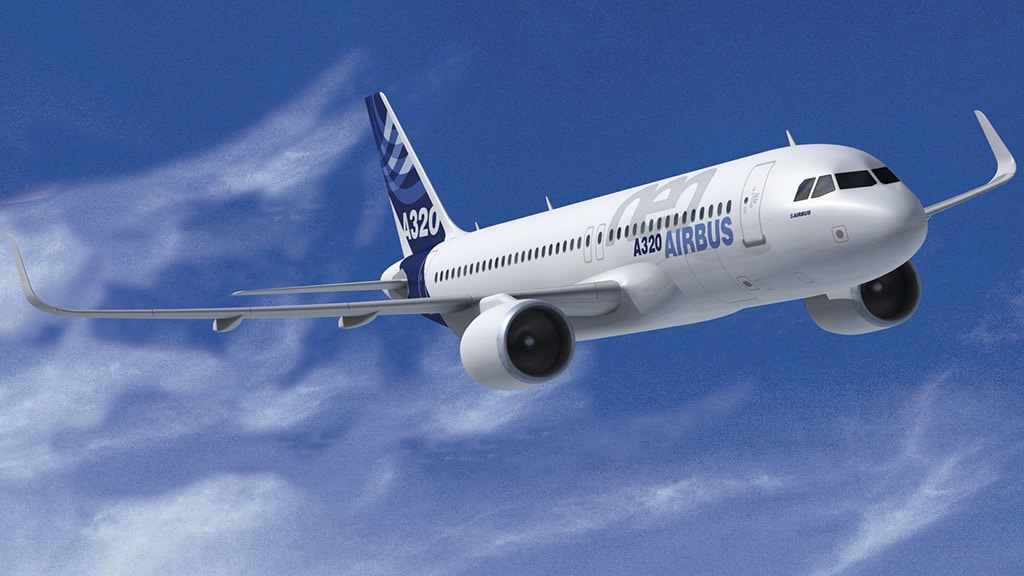
In 1981 Airbus SE announced plans to develop a new single-aisle jet to challenge Boeing’s dominance. At the time Boeing’s 737 had already reshaped global aviation, offering airlines a cost-effective way to operate shorter routes. By 1988 when the first A320 rolled off the line, Boeing had already delivered some 1,500 737s.
Four decades on, Airbus has closed the gap, Bloomberg reports. Data from consultancy Cirium shows that by early August the A320 family trailed the 737 by only 20 aircraft, with 12,155 deliveries to date. The lead is expected to vanish within weeks.
From Underdog to Market Leader
Airbus’s rise from a fledgling European consortium to Boeing’s main competitor was far from smooth. Founded in 1970 with the backing of European governments, the manufacturer struggled with internal rivalries and a limited product line.
Yet executives recognised that entering the narrowbody sector was essential. Single-aisle jets dominate global fleets, and the A320 became Airbus’s route to relevance. By the early 2000s annual A320 deliveries had overtaken the 737. In 2019 total orders for the A320 also surpassed Boeing’s benchmark.
Innovations that Changed the Game
To stand apart Airbus introduced bold features. The A320 was the first commercial aircraft to adopt digital fly-by-wire controls, and pilots were given side-sticks rather than traditional yokes. Customers also benefitted from a choice of engines.
These innovations, combined with a more spacious design, helped the aircraft gain traction. The A320’s enduring success contrasts with Airbus’s ill-fated gamble on the giant A380, which proved too costly for most airlines to operate profitably.
Boeing’s Missteps and the 737 Max Crisis
Boeing’s response to the A320neo, a re-engined variant introduced to slash fuel bills, was the 737 Max. The decision to mount larger engines on the 737’s ageing design led to the introduction of MCAS, an automated control system later linked to two fatal crashes. The global grounding that followed lasted 20 months and badly damaged Boeing’s reputation. Airbus meanwhile has faced problems of its own with engine durability on the A320neo, grounding hundreds of aircraft awaiting repairs.
The Future of Narrowbody Jets
With both aircraft families nearing the limits of what can be achieved through incremental improvements, attention has turned to the next generation. China has entered the race with its Comac C919, though certification outside the country remains uncertain. Boeing’s new chief executive Kelly Ortberg has signalled work is under way on a future jet but stressed that financial stability and new engine technologies are prerequisites.
Airbus, in stronger financial shape, is exploring designs including open-rotor engines and hydrogen power. Chief executive Guillaume Faury has confirmed that a successor to the A320 will be launched by the end of the decade, with entry into service targeted for the mid-2030s.
Kursiv also reports that Uzbekistan and Hong Kong (China) are working on plans to introduce direct cargo and passenger flights.













